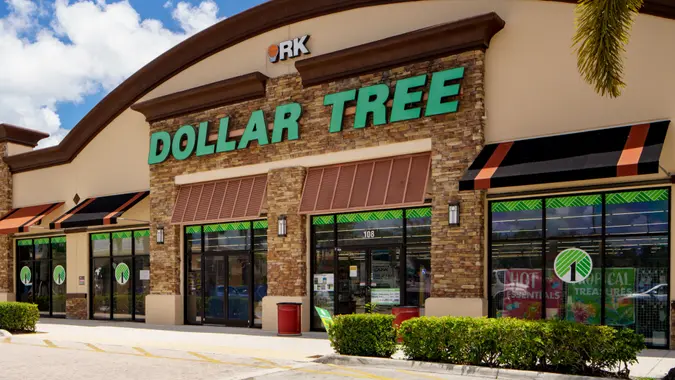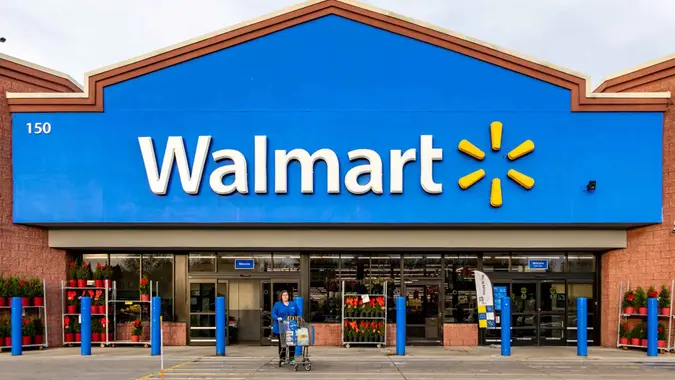4 Biggest Changes Coming to Medicaid in 2026

Commitment to Our Readers
GOBankingRates' editorial team is committed to bringing you unbiased reviews and information. We use data-driven methodologies to evaluate financial products and services - our reviews and ratings are not influenced by advertisers. You can read more about our editorial guidelines and our products and services review methodology.

20 Years
Helping You Live Richer

Reviewed
by Experts

Trusted by
Millions of Readers
Medicaid is a joint federal-state health insurance program that provides coverage for eligible individuals and households with limited financial resources. According to Medicaid, about 70.51 million individuals are enrolled. Another 7.24 million are enrolled in the Children’s Health Insurance Program (CHIP).
The Center for Medicare Advocacy (CMA) estimates that the 2025 One Big Beautiful Bill Act (OBBBA) cuts nearly $1 trillion in federal health care spending — and that the reductions will affect Medicaid more than Medicare, ACA marketplaces, medical student loans and all the other related programs that the legislation will impact in 2026.
States Will Lose Federal Dollars for Expanding Medicaid
According to the Kaiser Family Foundation (KFF), the Affordable Care Act (ACA) made Medicaid accessible to nearly all adults with incomes up to 138% of the federal poverty level — $21,597 for an individual in 2025. It also incentivized the states to expand Medicaid by covering 90% of the costs.
The OBBBA eliminates the incentive starting on Jan. 1, 2026, forcing states to shoulder a greater share of the burden for expanding Medicaid.
New Work Requirement Rules Will Restrict Enrollment
The OBBBA includes new work requirements that the nonprofit, nonpartisan Center on Budget and Policy Priorities (CBPP) calls “harsh,” “rigid” and “red-tape-laden.”
To get or keep coverage, applicants must now document at least 80 hours per month of:
- Employment
- Work program participation
- Job training
- At least half-time enrollment in an educational program
- Community service
- Any combination of the above
The CBPP estimates the new qualifying criteria will put 9.9 million to 14.9 million people at risk of losing coverage by 2034. The provision must take effect no later than Jan. 1, 2027, but states have the option of implementing the revised work requirements in 2026, before the deadline.
More Frequent Eligibility Screenings Will Further Limit Access
The new work requirements will disproportionally affect expansion enrollees — but that’s not the only roadblock that many of them will begin facing in 2026. The new rules also require states to reassess eligibility for expansion enrollees every six months, rather than annually. The CMA states that, historically, more frequent eligibility screenings increase the number of applicants who lose or are denied coverage, even if they still qualify.
Similar to the new work requirements, states can choose to implement the new screening frequency guidelines in 2026.
States Are Limited in Funding Medicaid by Taxing Providers
States impose so-called provider taxes on hospitals and other care providers to help fund Medicaid. The OBBBA prohibits states from establishing new provider taxes or raising those that they already levy.
Following a familiar trend of maximizing savings in states that adopted the ACA Medicaid expansion, the OBBBA takes revenue restriction a step further by reducing existing provider taxes in expansion states by incrementally scaling back the so-called safe-harbor limit.
 Written by
Written by  Edited by
Edited by 

























